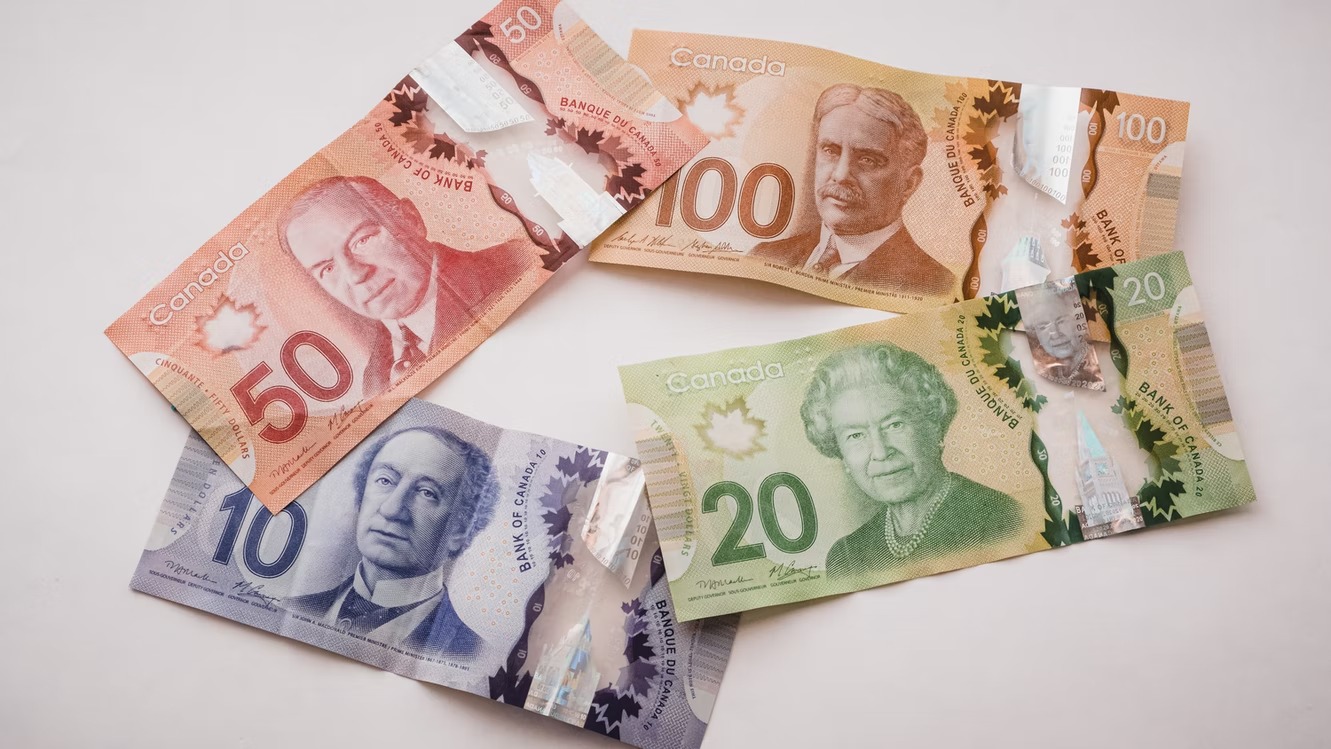You are here
Home 🌿 Marijuana Business News 🌿 Canadian retail cannabis sales climb to monthly all-time high of $358.8M 🌿Canadian retail cannabis sales climb to monthly all-time high of $358.8M

March sees sales in every province and territory rise
Canadian retail sales of cannabis jumped 10.7 per cent in March to reach an all-time high of just shy of $358.8 million, newly released figures from Statistics Canada show.
In February, almost every province, other than Ontario and Saskatchewan, saw a modest dip in sales, The GrowthOp reported at the time. That was reflected in the national total, which was down from about $346 million for January.
Ontario again tops in cannabis sales
As for March, the latest sales figures available, Ontario again tallied the most retail sales in the country at slightly less than $145 million, compared to $130.7 million in February. This represents 40.4 per cent of the national total.
Canada’s most populous province was followed by Alberta, which saw sales jump to $63.2 million from $57.5 million, B.C. witnessed sales rise to $56.2 million from $46.3 million and, rounding out the top four, Quebec marked a sales increase to $42.5 million compared to $41.9 million the month prior.
As for the remaining provinces and territories, Statistics Canada reports that March sales in Saskatchewan were $14.9 million, $13.9 million in Manitoba, $8.1 million in Nova Scotia, $6.3 million in New Brunswick, $5.2 million in Newfoundland and Labrador, $1.8 million in P.E.I. and $844,000 in Yukon. Figures were not available for N.W.T. or Nunavut.
Unlike February, retail sales for all provinces or territories were up in March, albeit just barely in Saskatchewan. In February, Newfoundland and Labrador saw the biggest drop in sales, down almost 16 per cent from the previous month.
Canadian weed sales projected to double
Citing figures from Brightfield Group, Bloomberg reported this past March that Canadian cannabis sales are projected to reach $8.8 billion in the next five years.
Anticipating changes in allowable potency limits beyond 10 milligrams of THC for edibles and drinks, the report suggests skyrocketing sales will be driven by edibles and vape product sales.
“With edibles right now, that market has really been artificially constructed, because of those dosage restrictions,” Bethany Gomez, managing director of Brightfield Group, told Bloomberg.
“In Canada, that it makes it very difficult for that to be a scalable or attractive market.”
How are consumption modes shifting?
The Canadian Cannabis Survey for 2021 shows smoking weed, at 74 per cent, was still the most common method for people who reported using cannabis in the past 12 months. That said, smoking was down from 79 per cent in 2020.
Other methods of consumption in 2021 included edibles, cited by 54 per cent of respondents, using a vape pen or e-cigarette (28 per cent), cannabis oil for oral use (22 per cent), drinking (15 per cent), using a vaporizer (10 per cent), applying to skin (nine per cent) and dabbing (six per cent).
The report notes that between 2020 and 2021, the percentage of respondents using a vape pen or e-cigarette, drinking weed drinks and applying a cannabis topical were all up.
Is pot shop clustering a concern?
It’s not yet clear if more cannabis retail is needed to satisfy changing tastes, but concerns over the number of pot shops in Canada’s largest province persist.
David Lobo, interim president and CEO of the Ontario Cannabis Store, noted in the agency’s annual report last year that he anticipated some “market right-sizing” as a result of an increasingly competitive environment.
Marijuana Business Daily, citing data provided by the Alcohol and Gaming Commission of Ontario, reported earlier this month that almost 1,500 pot shops are operating in the province and hundreds more applications are in the pipeline.
With recent complaints about cannabis store clustering, although some believe more stores can be supported, Ontario party leaders now in campaign mode have promised to revisit the province’s current licensing scheme.
Some argue there are gluts of pot shops in certain areas, some jurisdictions are underserved and others have prohibited weed retail altogether.
420 Intel is Your Source for Marijuana News
420 Intel Canada is your leading news source for the Canadian cannabis industry. Get the latest updates on Canadian cannabis stocks and developments on how Canada continues to be a major player in the worldwide recreational and medical cannabis industry.
420 Intel Canada is the Canadian Industry news outlet that will keep you updated on how these Canadian developments in recreational and medical marijuana will impact the country and the world. Our commitment is to bring you the most important cannabis news stories from across Canada every day of the week.
Marijuana industry news is a constant endeavor with new developments each day. For marijuana news across the True North, 420 Intel Canada promises to bring you quality, Canadian, cannabis industry news.
You can get 420 Intel news delivered directly to your inbox by signing up for our daily marijuana news, ensuring you’re always kept up to date on the ever-changing cannabis industry. To stay even better informed about marijuana legalization news follow us on Twitter, Facebook and LinkedIn.




